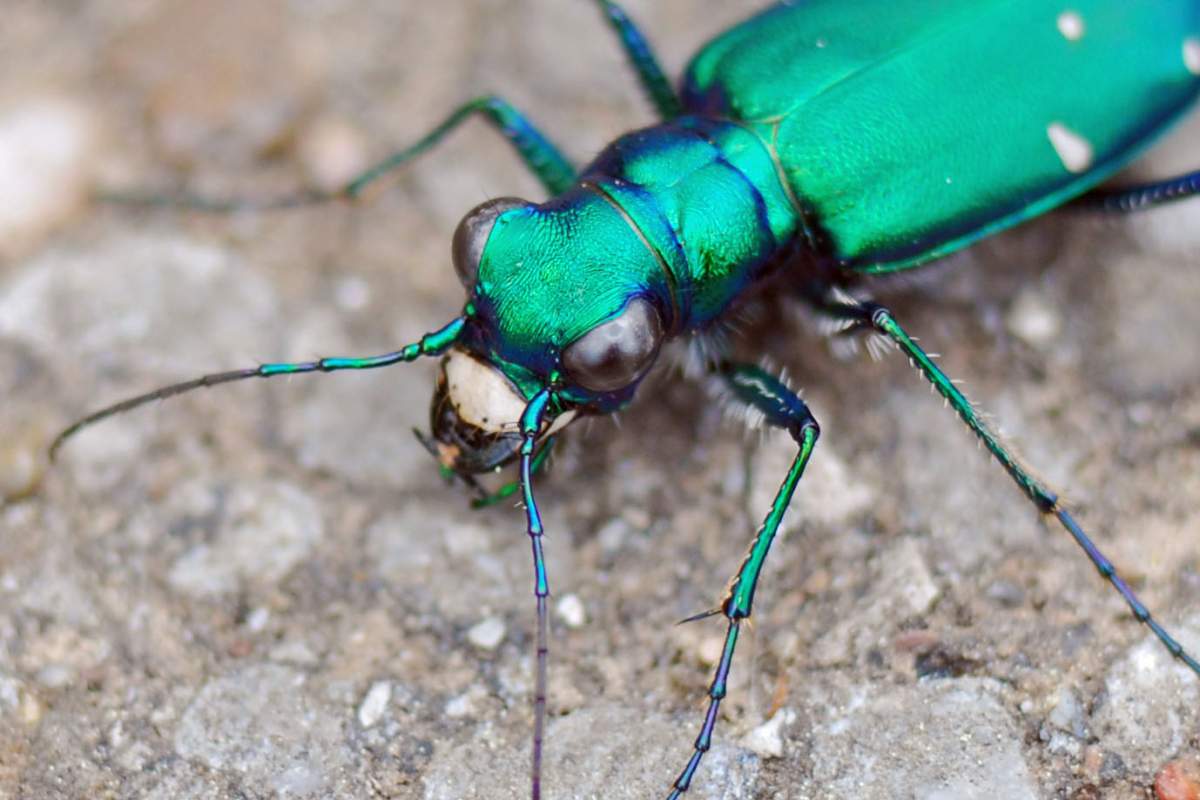
Do insects even have hearts?
Sure they do, but their hearts are somewhat different from human hearts. Like all arthropods, insects have an open circulatory system as opposed to our closed circulatory system.
Whereas our blood is confined within blood vessels, insect blood, called hemolymph, flows freely throughout the body. Insects do, however, have a vessel along their dorsal side which moves this hemolymph.
Heart In The Abdomen
The abdomen section of the dorsal vessel is considered the insect's heart because it has muscles and ostia, openings that allow hemolymph to enter and exit. Hemolymph enters the heart when it's relaxed.
The heart then contracts and pumps the hemolymph through the vessel toward the insect's head. There hemolymph exits the vessel to flow back through the body cavity, coming into contact with all tissues and organs.
Hemolymph transports and controls the movement of nutrients, salts, hormones, and metabolic wastes. It maintains body shape and aids in the insect's movement.
It also protects the insect from invading bacteria and internal parasites. Among other things, the hydrostatic pressure created by contractions of the heart aids in functions such as hatching, molting, and reproduction. That green, yellow, or clear fluid that you see when an insect is squished is essential to insect survival.
Read More:
- "Do Insects Have Hearts?" BioExplorer: Exploring Life On Earth. Accessed May 31, 2018.
- "Use your ganglia." Ask Dr. Universe: Washington State University. Accessed May 31, 2018.









